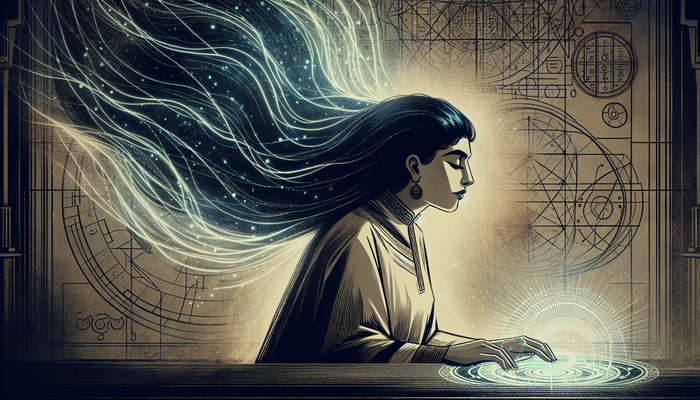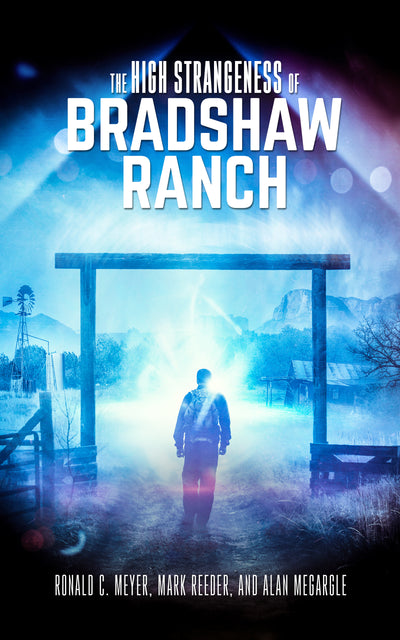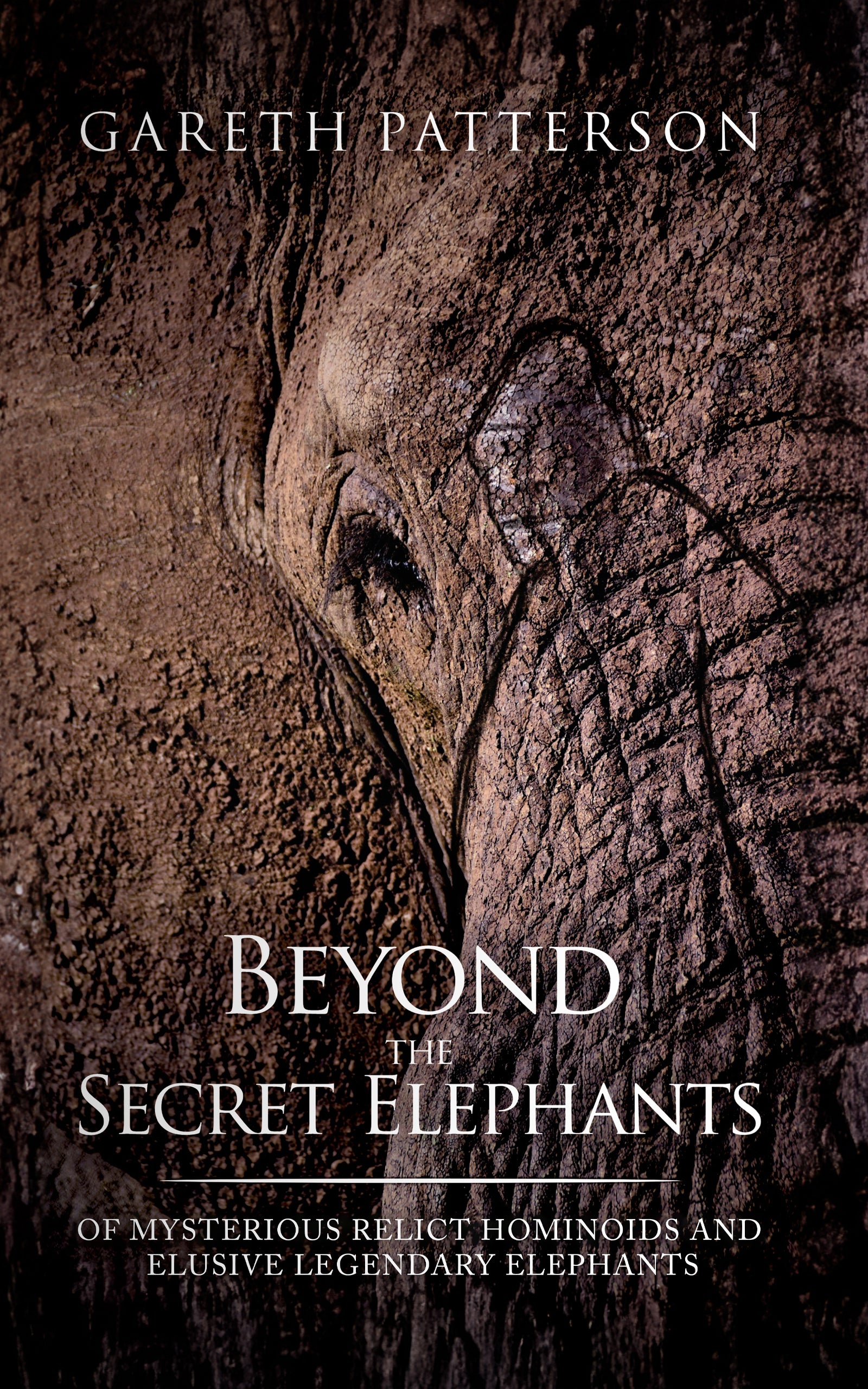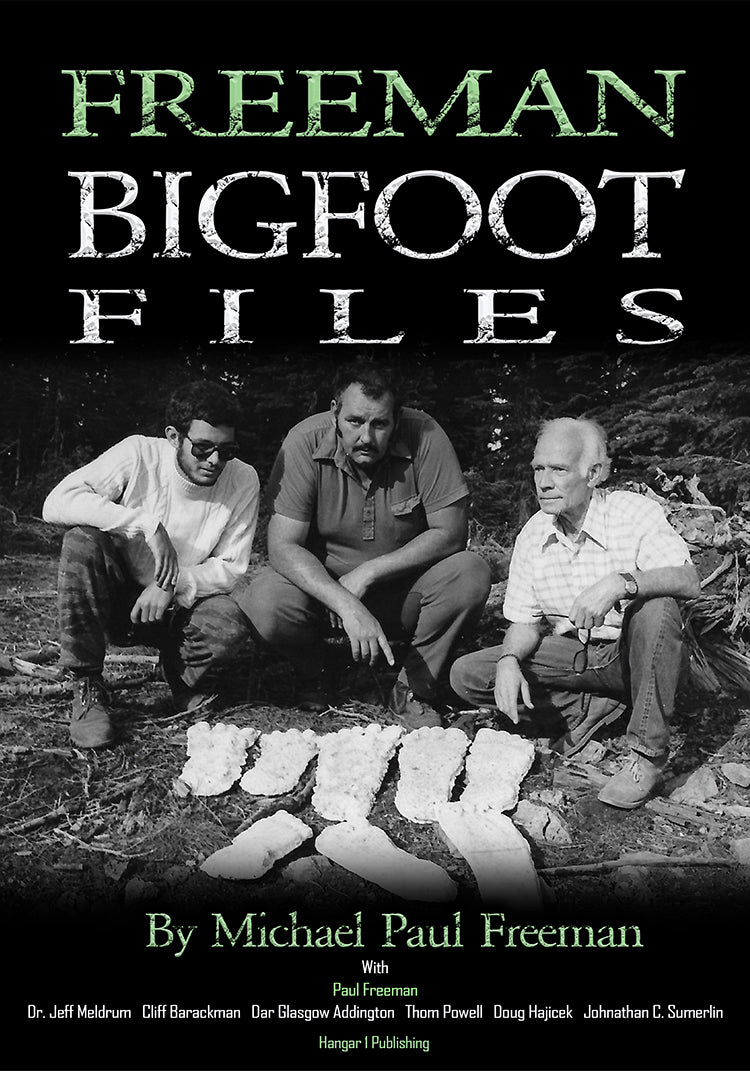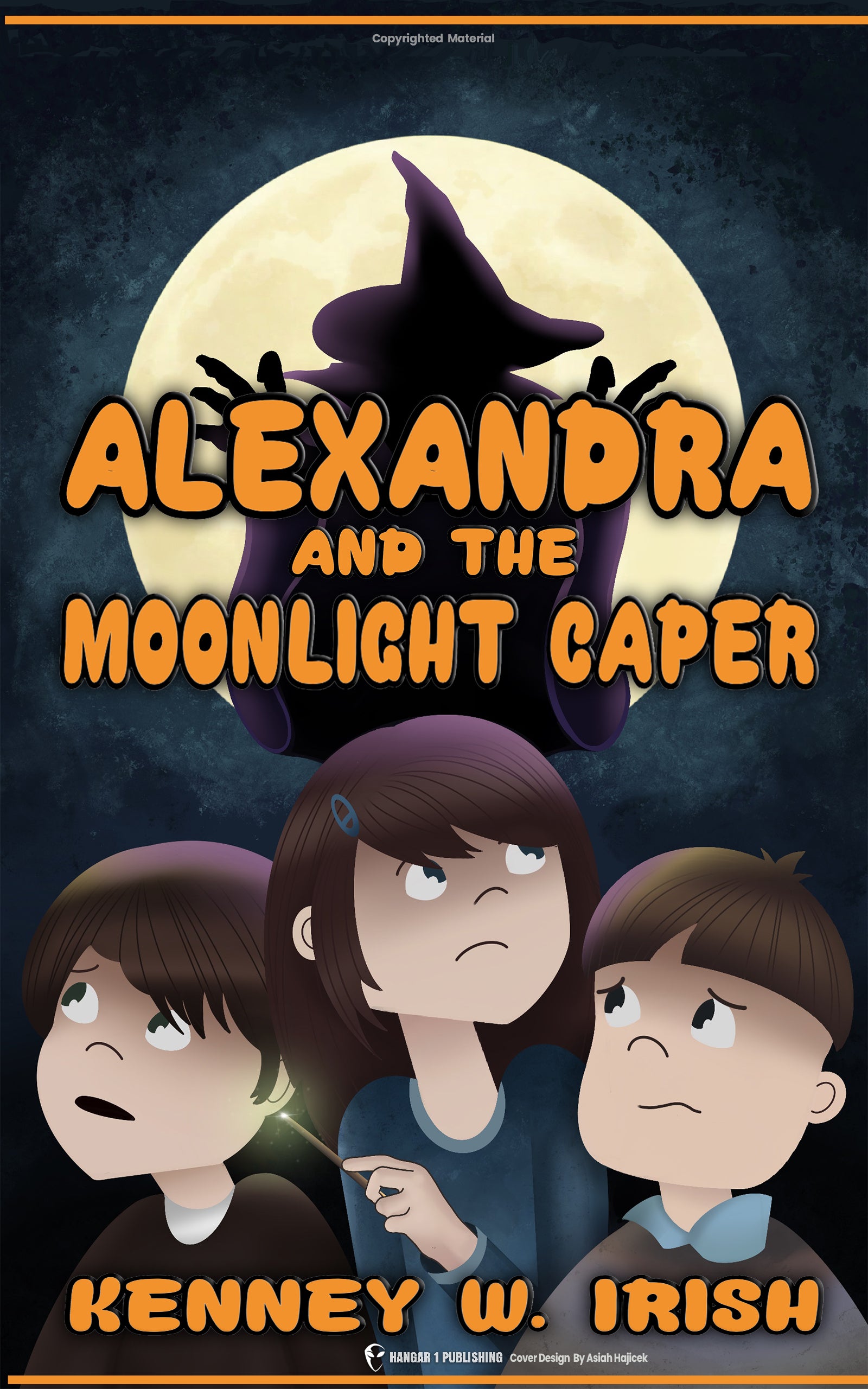Star Nation Tribes: Ancient Wisdom, Modern Identity
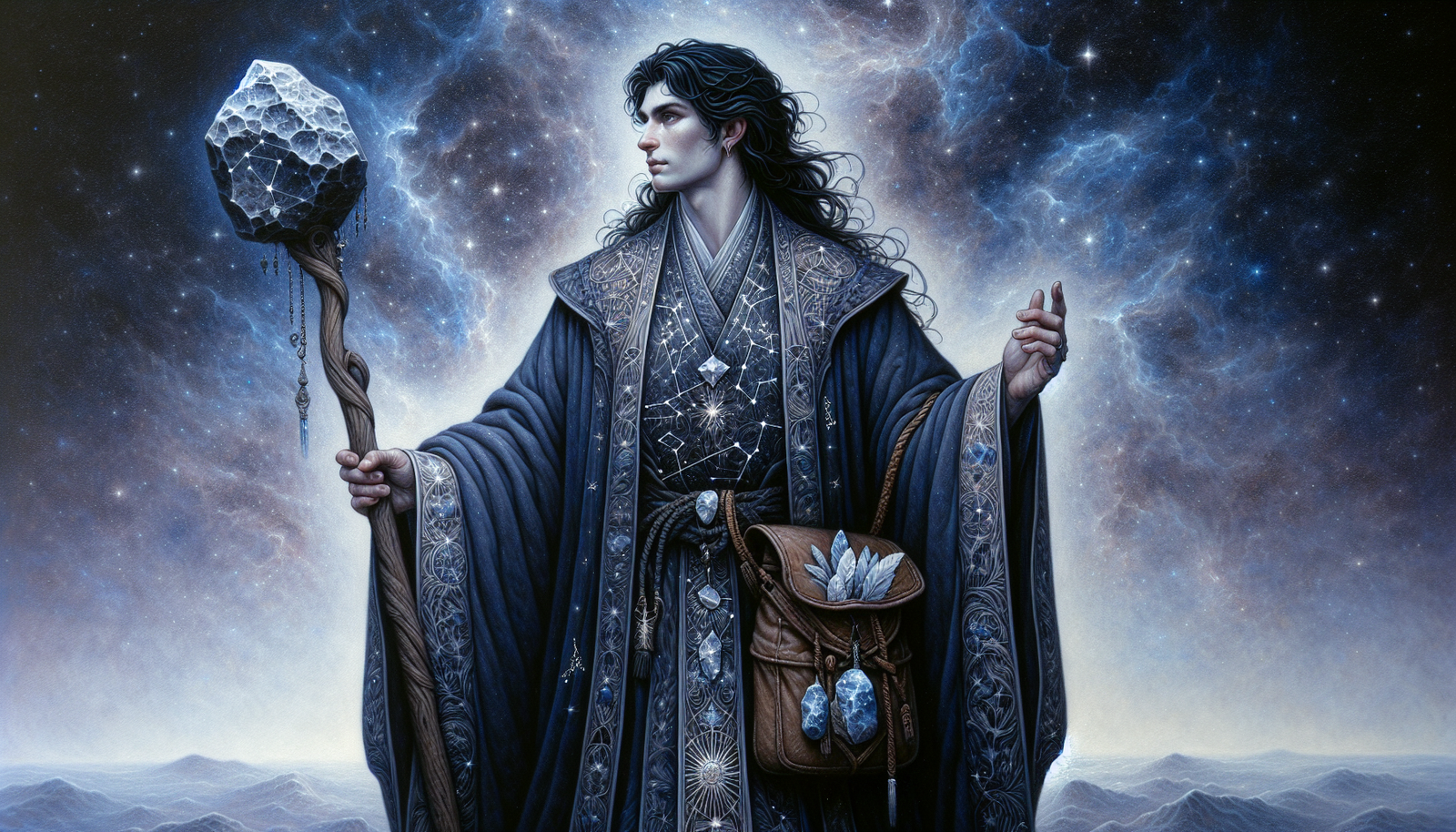
By Malcolm Blackwood, Ufologist
Gazing at the Cosmic Kinship
Imagine looking up at the night sky, not just as a collection of distant lights, but as the home of your ancestors, the destination of your spirit after death. For many Native American communities, particularly those known as the Star Nation Tribes, this isn't just poetry; it's a foundational truth, a living connection that stretches back generations. The Lakota, Dakota, Nakota, Mandan, Hidatsa, and Arikara peoples, among others, hold a profound relationship with the cosmos, seeing the stars not merely as celestial bodies but as kin, woven into the very fabric of their identity and spiritual understanding. This isn't some historical footnote relegated to dusty books; it's an evolving legacy, a perspective that shapes cultural expression, informs traditional practices, and even fuels contemporary movements for sovereignty and resilience. We're talking about ancient wisdom that guided survival, creation stories born from starlight, and a worldview that sees the universe as an intricately connected family. Understanding this bond is key to appreciating the depth and endurance of these cultures. This article intends to map the rich territory of the Star Nation Tribes, examining their history, beliefs, and the ways this celestial connection manifests today, offering a perspective grounded in their own accounts and traditions.
The Cosmic Fabric of Identity: Ancient Origins and Spiritual Bonds
The belief that the stars represent an ancestral home is a deeply rooted concept in many indigenous cultures across North America. Sources like Star People, Sky Gods and Other Tales and Wind Daughter's teachings mention a widespread conviction that their people originated among the stars. Life on Earth, from this viewpoint, becomes a temporary passage, a journey bookended by a celestial existence. Upon death, the spirit embarks on a voyage back along what some traditions call the "Path of Souls," often identified with the luminous band of the Milky Way galaxy. This creates a profoundly cyclical understanding of existence, far removed from linear timelines, where the individual is intrinsically part of a cosmic ebb and flow, returning to the very source from which they came. It’s less about looking up at the stars and more about recognizing them as part of one’s ultimate origin and destiny.
For the Lakota people, this connection is articulated with remarkable clarity. They refer to the stars as the "Woniya of Wakan Tanka," the sacred breath of the Great Spirit, signifying an immediate, vital link between the celestial and the divine. Their creation narratives beautifully illustrate this bond. According to tradition, every Lakota child receives a wanagi – a spirit from a star – at the moment of birth. This star-spirit accompanies the individual throughout their earthly life. Upon death, the wanagi doesn’t simply vanish; it begins its journey home. It’s carried to the cup of the Big Dipper, known in Lakota as Wicakiyuhapi, by the four stars forming the bowl, referred to as the "carriers." The three stars of the handle, the "mourners," escort the spirit to the Milky Way, the great "spirit trail." From there, the wanagi travels onward, eventually reaching a fork in the celestial river and returning to its stellar origin. This detailed cosmology provides a powerful framework for understanding not just the afterlife, but the inherent connection between every individual and the Star Nation throughout their lives. Victor Douville, a Sicangu Oyate Lakota elder and educator, emphasizes how the Big Dipper represents the Oceti Sakowin, the Seven Council Fires of the Lakota people, reinforcing this earthly reflection of celestial order.
This profound sense of kinship extends far beyond human relationships. The Lakota phrase mitakuye oyasin – often translated as "all my relatives" or "all my relations" – encapsulates a worldview of universal interconnectedness. This isn't limited to aunts, uncles, and cousins; it embraces all nations, explicitly including the Star Nation alongside the plant, animal, and human nations. As Craig Howe of the Center for American Indian Research and Native Studies explains, traditional Lakota people would readily accept the modern scientific understanding that we constantly exchange molecules with our environment, seeing it as a natural affirmation of mitakuye oyasin – we are all related, intrinsically linked to the stars, the earth, and every living being. This perspective fosters a deep, abiding respect for the cosmos, viewing it not as a separate, inert backdrop, but as an active, living part of their extended family.
Navigating by the Stars: Practical Knowledge and Enduring Wisdom
This intimate relationship with the cosmos wasn't confined to the spiritual realm; it was fundamentally practical, essential knowledge for navigating the physical world. The Sicangu Oyate Lakota, for example, meticulously observed the movements of the sun, moon, and stars to guide their seasonal activities. Determining the optimal times for planting corn, harvesting wild rice, or anticipating animal migrations depended on this sophisticated understanding of celestial cycles. Their astronomy, developed without telescopes or modern instruments, was a crucial tool for survival, a testament to keen observation passed down through generations. This practical star wisdom is also evident in the historical records known as "winter counts." Lakota communities documented significant events, one picture per year, often on hides or cloth. Smithsonian researchers analyzing these counts identified one marker, "The Year the Stars Fell," as corresponding to the widely observed Leonid meteor storm of 1833, forging a documented link between traditional Lakota observation and modern astronomical events.
Beyond calendars and seasonal markers, the night sky served as a vast repository of cultural narratives and moral teachings. Star lore is incredibly diverse across Indian Country. The Pleiades star cluster, for instance, holds significance for numerous tribes, including the Cherokee, Onondaga, and Lakota. Its appearance is often tied to legends explaining its origin and imparting lessons. One compelling Lakota story tells of seven maidens fleeing a monstrous bear. Praying for deliverance, they were lifted into the sky, becoming the Pleiades, while the bear's claws scraped the earth below, forming what is known today as Devil's Tower in Wyoming. Such stories imbue the landscape and the sky with meaning, connecting earthly landmarks to celestial phenomena. The Skidi Pawnee offer another fascinating example with their lore of the Four Directions, where prominent stars like Mars (Morning Star) and Venus (Evening Star) battled star monsters – formidable stars representing the "beasts of the Four Directions": Black Bear, Mountain Lion, Wild Cat, and Wolf. Even tribal names sometimes reflect this celestial connection; the Waccamaw Siouan Tribe of North Carolina are known as the "People of the Fallen Star," their very identity linked to a dramatic astronomical event. Each narrative, unique to its culture, demonstrates a deep engagement with the night sky, using it as a canvas for history, cosmology, and guidance.
Modern Manifestations of Star Nation Identity: Resilience and Renewal
The identity of being "Star People" continues to resonate powerfully in contemporary Native American life, finding expression in art, culture, and the ongoing quest for self-determination. It’s not merely a historical label but a living aspect of identity. Consider the work of Carol Wilcox, a Sicangu Lakota quilter whose collection "Bright Star Nation" directly references this heritage. She notes that the Lone Star quilt pattern, though introduced by missionaries, was readily embraced by Lakota and other Northern Plains tribes precisely because they identify as "Star People." For Wilcox, quilting is more than craft; it's a continuation of tradition, replacing the warmth and ceremonial importance of buffalo robes. The act of wrapping a handmade quilt around someone, she explains, is an act of honor, acknowledging ancestors and offering "creativity and culture along with acknowledgment to ancestors." This beautifully illustrates how traditional beliefs are adapted and integrated into modern artistic practices, maintaining a tangible link to the Star Nation.
The term "Nation" within "Star Nation Tribes" carries significant weight, extending beyond spiritual cosmology into the political sphere of tribal sovereignty. This inherent right to self-governance is foundational, predating the formation of the United States government. Tribes like the Oglala Sioux and the Mandan, Hidatsa, and Arikara Nation (MHA Nation) function as distinct political entities. Today, many tribes are actively asserting this sovereignty by modernizing their governing structures, often moving away from outdated constitutions imposed by the U.S. Department of the Interior nearly a century ago. Erma Vizenor, former chairwoman of the White Earth Nation in Minnesota, championed constitutional reform to establish clearer separation of powers, an independent judiciary, and culturally relevant governance – steps vital for clean elections, economic development, and strengthening the nation from within. Programs like Harvard's Honoring Nations celebrate such initiatives, recognizing tribal self-governance as key to prosperity. Formal bodies like the Tribal Nations Leadership Council within the U.S. Justice Department underscore the official government-to-government relationship. However, the path to full recognition remains fraught with challenges. The Wabanaki Nations in Maine continue to battle interpretations of the 1980 Settlement Act that they argue diminishes their sovereign status to that of mere municipalities. Similarly, the repeated denial of state recognition for the Montaukett Indian Nation in New York highlights the hurdles faced, particularly by unrecognized tribes. This struggle is often intertwined with historical injustices, like the devastating impact of the Garrison Dam project, which flooded vast tracts of the MHA Nation's ancestral lands, disrupting their way of life and severing connections to sacred sites.
Reconnecting with this cosmic heritage can also be a source of healing and strength. The "Tribal STAR" program, focusing on Native American children in child welfare, uses "STAR" as an acronym for "Successful Transitions for Adult Readiness," but its mission deeply resonates with the cultural significance of stars. Ensuring children maintain connections to their tribe, culture, and resources aligns with the vision of the Star Nation as a source of identity and belonging. Addressing the disproportionately high rates of poverty, mental health issues, and other challenges prevalent in many tribal communities often involves reclaiming cultural heritage. The profound sense of interconnectedness inherent in the Star Nation worldview – linking the people, the land, and the cosmos – naturally fuels initiatives focused on environmental stewardship. Robert Blake's Native-led electric vehicle initiative, driven by the belief that "healing is in the environment," reflects this holistic perspective where caring for the Earth is intrinsically linked to caring for oneself and the community, a value system rooted in the wisdom passed down from the stars.
Exploring the Depths of Star Nation Practices
Beyond the overarching beliefs and cultural identity, specific practices exist for directly engaging with the Star Nation. One fascinating tradition documented by Page Bryant, a former Bear Tribe teacher, is known as "Starwalking." This isn't casual stargazing; it's described as a shamanic practice, a conscious journey into the night sky to connect with celestial energies. Practitioners build a "star altar" or "star bundle," often centered around a meteorite – a literal piece of the cosmos fallen to Earth – nestled in white sage and wrapped in leather. The process involves preparation: smudging, grounding, stating intentions, and calling upon protective guides, including a specific "Starwalking guide" one cultivates a relationship with. The journey itself involves intentionally traveling, in a shamanic sense, to meet "Star Elders" – the indwelling spirits of specific stars or constellations residing on their "Home Suns." Respect is paramount in these interactions, requiring offerings and gratitude, much like visiting an earthly elder. Keeping a journal of these experiences helps deepen understanding of the unique energies associated with different celestial bodies.
This connection can be channeled for practical support. The practice involves respectfully asking a specific Star Elder, whose energies align with a particular need (perhaps researched beforehand through esoteric or astrological sources), for permission to draw down some of its energy. For instance, the star Spica in Virgo is associated with good fortune and wealth; one might perform a ceremony asking to draw its energy to aid with finances, perhaps pledging to share any resulting bounty charitably. This drawn-down energy isn't abstract; it can be consciously stored in physical objects like clear quartz crystals, jewelry, or even infused into water.
This leads to the creation of "star essences." Similar to flower or gem essences, these are believed to capture the subtle vibrational energies of celestial bodies or specific astronomical events in water. One can create a specific essence by drawing down energy from a single Star Elder during a ceremony, charging a bowl of water placed on the star altar. Alternatively, a more general essence can be made by leaving a bowl of water out overnight under a specific astrological configuration, meteor shower, or lunar phase, intending to imprint the water with the overall energy of that night's sky. This charged water can then be used consciously – ingested, added to baths, or spritzed into one's energy field – to align with the desired celestial influence. Preserving these essences often involves adding a bit of brandy or cider vinegar, and storing them in appropriate glass containers (cobalt blue is suggested for sky essences) to maintain their subtle charge.
A more accessible practice for many is a focused Star Gazing Ceremony. This involves going outside on a clear night, finding a specific star – Polaris, the North Star, is often recommended due to its stationary position and symbolism of stability – and consciously connecting with it. After smudging the space and oneself, one introduces oneself to the star, stating the intention to receive its qualities, such as strength, courage, or dependability. Visualization plays a key role: imagining a symbolic object representing these qualities being imbued with star power, or visualizing a stream of starlight entering and filling one's body. The ceremony concludes with expressing gratitude, perhaps leaving a small offering, and consciously grounding oneself back to the Earth, perhaps by stomping feet or chanting. These practices, whether intricate Starwalking journeys or focused gazing ceremonies, offer tangible ways to cultivate a personal relationship with the Star Nation.
The Diversity of Star Knowledge Across Indian Country
While the Lakota, Dakota, and Nakota (collectively the Oceti Sakowin) provide rich, well-documented examples of Star Nation beliefs, it's crucial to recognize that this profound connection to the cosmos is not exclusive to them. Star knowledge manifests in diverse forms across numerous Native American cultures. As mentioned earlier, the Pleiades cluster features prominently in the legends of tribes far beyond the Great Plains, including the Cherokee and the Onondaga, hinting at ancient, shared astronomical observations or interconnected narratives. The Skidi Pawnee possess their own unique and complex star lore, involving celestial deities, star monsters tied to the cardinal directions, and intricate sky charts reflected in their earth lodge structures. The specific naming of the Waccamaw Siouan as the "People of the Fallen Star" points to a singular event shaping their identity, distinct from the origin stories of others. Even tribes like the Cheyenne and Arapaho, whose research focus here is more on cultural preservation and historical trauma related to events like the Sand Creek Massacre, undoubtedly possess their own rich traditions connecting them to the heavens. Exploring the specific star knowledge of the MHA Nation (Mandan, Hidatsa, Arikara), the Yakama Nation, or the numerous other tribes listed across the research would reveal a continent-wide tapestry of celestial understanding.
The preservation of this knowledge is inextricably linked to the survival and revitalization of Native languages. Language is the vessel that carries culture – the stories, the concepts, the nuanced understanding of the world. The specific terms used by the Lakota, like Woniya, Wakan Tanka, wanagi, and Wicakiyuhapi, hold layers of meaning that direct translation cannot fully capture. Efforts by tribes like the Cheyenne and Arapaho to revitalize and preserve their languages are essential for ensuring that their unique perspectives, including their relationship with the stars, are passed to future generations. The fact that the Siouan dialects spoken by the Lakota, Dakota, and Nakota constitute one of the most widely spoken indigenous language groups in the US and Canada offers hope for the continuity of their specific Star Nation traditions.
Furthermore, this connection isn't limited to reservation communities. Urban Indian centers play a vital role in helping Native people living in cities maintain ties to their heritage. Places like the Daybreak Star Indian Cultural Center in Seattle, founded after the 1970 occupation of Fort Lawton, serve as crucial hubs for community, culture, and education for urban Natives from diverse tribal backgrounds. Through gatherings, cultural programs, and art exhibits, these centers help bridge the gap between ancestral knowledge, including star lore, and contemporary urban life, ensuring the Star Nation connection continues for Natives wherever they reside.
The Enduring Legacy: Star Nation Tribes in the 21st Century
The wisdom of the Star Nation continues to illuminate the path forward for many Native American tribes navigating the complexities of the 21st century. Passing this knowledge to younger generations is paramount. Educational initiatives are crucial, not just within tribal communities but also in broader society. Mandating the teaching of Wabanaki Studies in Maine schools, for example, alongside efforts to ensure its effective implementation, represents a step towards greater understanding and cultural competency. Universities like the University of Oklahoma, with dedicated Native American Studies departments emphasizing Indigenous perspectives, play a key role in researching, preserving, and sharing this knowledge academically. Elder Victor Douville’s long career teaching Lakota star knowledge at Sinte Gleska University exemplifies this vital work of ensuring the cultural inheritance, including the profound connection to the stars, endures.
This ancient strength derived from cultural identity and connection to the cosmos serves as a powerful source of resilience. Tribal communities continue to face significant challenges stemming from centuries of colonization, broken treaties, and systemic inequities – issues like poverty, health disparities exacerbated by underfunded treaty obligations, and the lingering effects of historical trauma. Yet, the enduring belief in interconnectedness, the knowledge of their place within the vast universe reflected in the Star Nation traditions, fuels their efforts to heal and build stronger futures. Traditional values inform contemporary solutions, whether through community-led programs, economic development initiatives like the Four Bears Casino and Lodge, or advocacy for sovereign rights and environmental protection.
Ultimately, understanding the Star Nation Tribes requires moving beyond simplistic stereotypes and acknowledging the depth, sophistication, and ongoing relevance of their worldviews. It necessitates respecting their inherent sovereignty, treating their ancestral lands – the territories intrinsically linked to their celestial beliefs – with care, and seeking out opportunities to learn directly from them. Visiting tribal cultural centers like Hibulb (Tulalip), the Yakama Nation Cultural Center Pásɨnu Paşşaşwíţa, or the Colville Tribal Museum offers invaluable insights. Engaging with resources provided by organizations like the Native American Rights Fund (NARF) or First Nations Development Institute can deepen understanding of contemporary issues and tribal governance. The Star Nation Tribes are not relics of a bygone era; they are vibrant, living communities whose ancient wisdom, born from millennia of observing and relating to the cosmos, continues to guide their journey today. Their relationship with the stars is a testament to the enduring power of culture and the profound ways humanity seeks to understand its place in the universe.
From Bigfoot to UFOs: Hangar 1 Publishing Has You Covered!
Explore Untold Stories: Venture into the world of UFOs, cryptids, Bigfoot, and beyond. Every story is a journey into the extraordinary.
Immersive Book Technology: Experience real videos, sights, and sounds within our books. Its not just reading; its an adventure.






